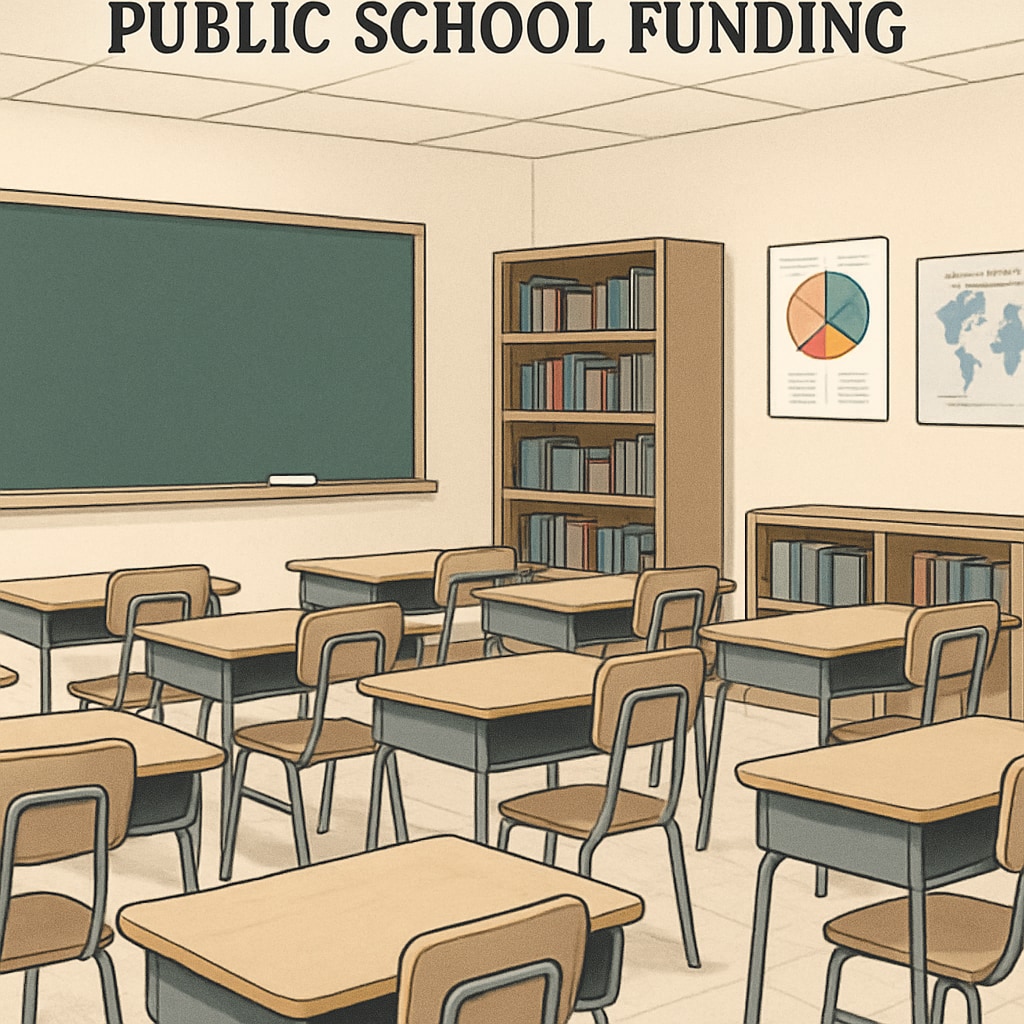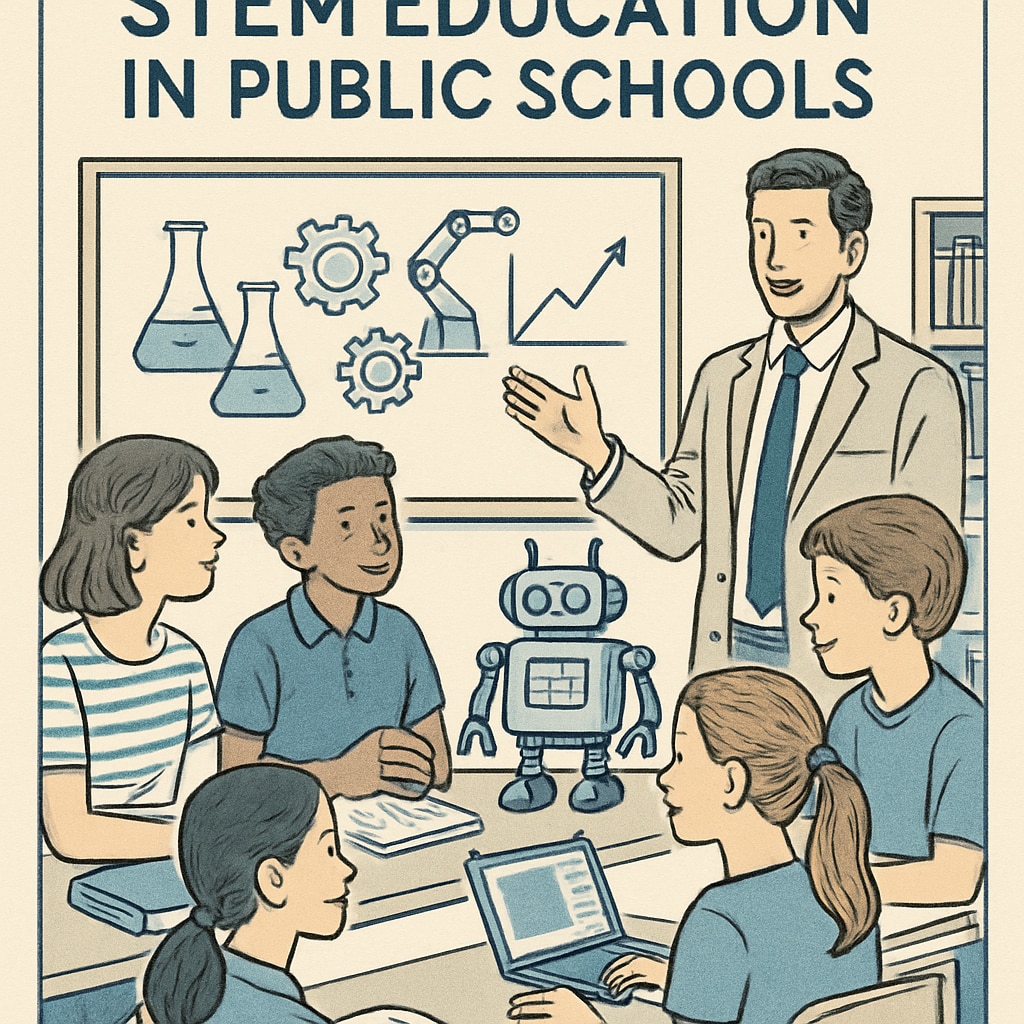The introduction of education voucher programs, providing up to $7,500 per student, is transforming the American K12 education system. While this initiative aims to increase school choice, it presents significant challenges for public schools in areas such as funding, student recruitment, and long-term survival. As Arizona and other states lead the charge in expanding these programs, public schools must adapt to ensure their role in a rapidly evolving educational ecosystem.
How Education Voucher Programs Are Changing the Landscape
Education vouchers (government-funded scholarships for private school tuition) have gained momentum across the United States. By enabling parents to use public funds for private education, these programs promise greater flexibility and personalized learning opportunities. For example, Arizona’s initiative offers $7,500 per student annually, which is a substantial incentive for families seeking alternatives to public schools.

However, this shift comes with consequences. Public schools, which rely on enrollment numbers for funding, face decreased revenue as students transfer to private institutions. According to the National School Boards Association, this redistribution of resources particularly affects schools in lower-income areas, where private options may not be as accessible or affordable despite vouchers. As a result, public schools must find ways to retain students and maintain quality education with shrinking budgets.
Challenges for Public Schools in the Era of Vouchers
Public schools face several challenges due to the widespread adoption of education voucher programs:
- Funding Loss: Public schools lose per-pupil funding when students opt for private schools. For example, in Arizona, the $7,500 voucher represents a significant portion of public school budgets.
- Unequal Competition: While private schools can selectively recruit students, public schools are required to serve all children regardless of academic ability or socioeconomic status.
- Quality Perception: Families may perceive private schools as superior, even if public schools offer comparable or better education. This perception can further drive enrollment declines.
According to Britannica, voucher programs also create disparities between urban and rural areas. Urban families often have more private school options, while rural families may struggle to find suitable alternatives, leaving rural public schools underfunded and underserved.
Strategies for Public Schools to Adapt
Despite these challenges, public schools can adopt proactive strategies to ensure their survival and relevance:
- Innovative Programs: Offering specialized academic tracks such as STEM (science, technology, engineering, and mathematics) or arts-focused curriculums to attract and retain students.
- Community Engagement: Partnering with local organizations to provide after-school programs and support services that private schools may lack.
- Marketing Campaigns: Highlighting success stories and achievements to change public perception and showcase the unique benefits of public education.

Additionally, public schools can advocate for adjusted policies that ensure fair funding even as voucher programs expand. For instance, weighted funding formulas could allocate additional resources to schools serving high-need populations.
Looking Ahead: The Role of Policy and Innovation
The future of public schools in the age of education vouchers depends heavily on policy reform and innovation. Policymakers must consider the long-term impact of resource redistribution and implement measures to protect vulnerable schools. Simultaneously, public schools must embrace creativity in their operations, focusing on their strengths and addressing areas of improvement.
For example, school choice policies could include accountability measures requiring private schools accepting vouchers to meet specific standards. This ensures that public funds are supporting high-quality education across the board. Furthermore, public schools could benefit from increased autonomy to experiment with new teaching methods and technologies.
In conclusion, while education voucher programs offer promising opportunities for families, their expansion poses significant challenges for public schools. By proactively addressing these issues through innovation, community engagement, and policy advocacy, public schools can continue to play a vital role in shaping the future of education.
Readability guidance: The article uses short paragraphs, clear headers, and lists to enhance readability. Transitions such as “however,” “for example,” and “as a result” are used throughout to maintain flow. Passive voice and long sentences are minimized, ensuring accessible yet professional content.


